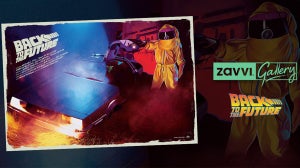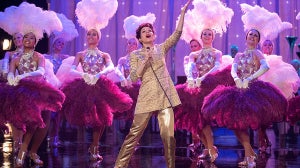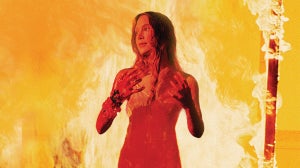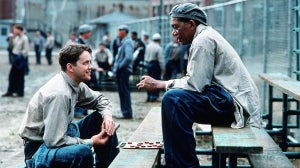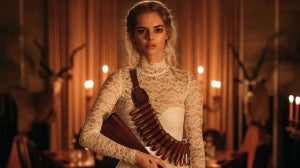Team Zavvi
Zavvi.com11 years ago

After working on production for blockbusters Star Wars: The Return of The Jedi and Indiana Jones andThe Temple of Doom, the mid-eighties saw a young David Fincher making a name for himself by directing an anti-smoking advertisement for the American Cancer Society. An unlikely medium for recognition, this advert allowed Fincher to get himself on the map and become a big name in TV spot advertising.
Team Zavvi
Zavvi.com

A collection of thoughts, opinions and news from the staff at Zavvi.

